Which of the following structures represents a chiral compound?
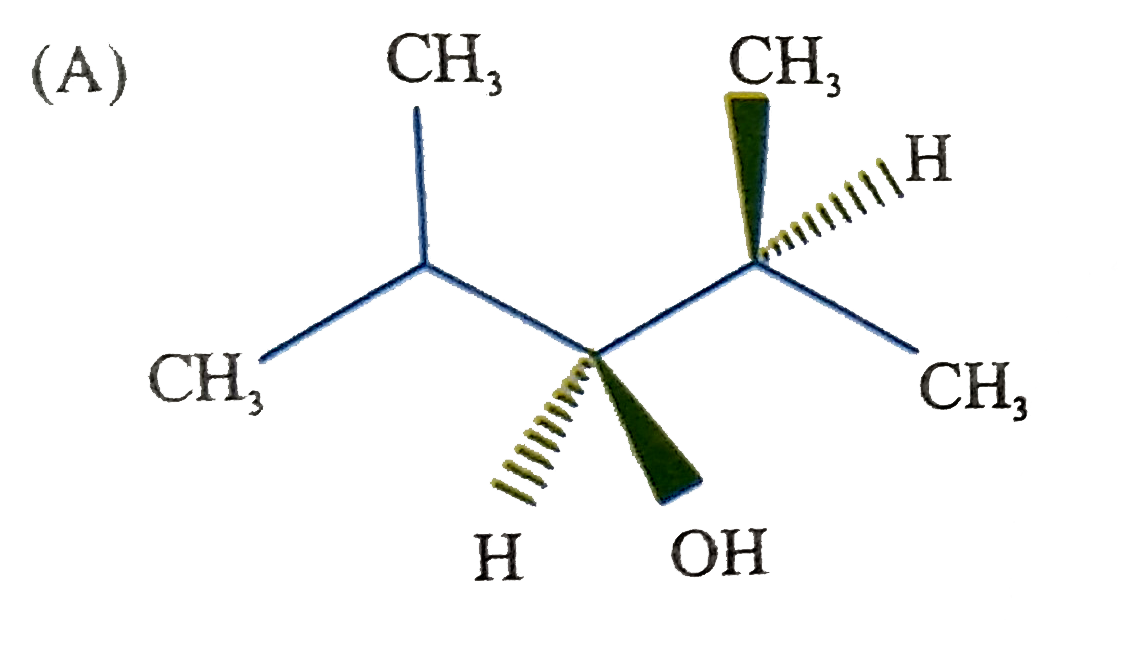
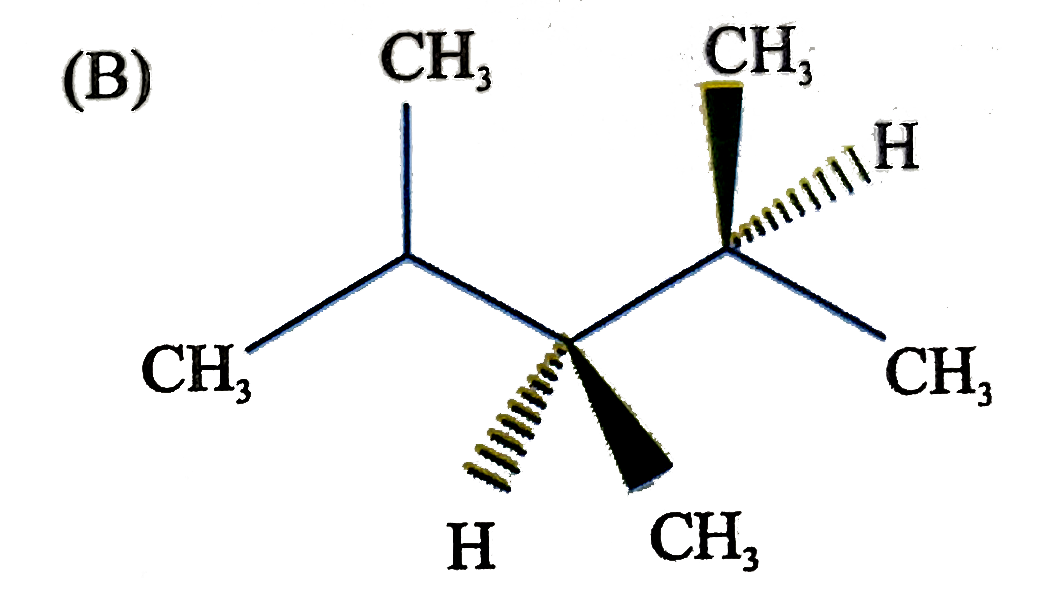
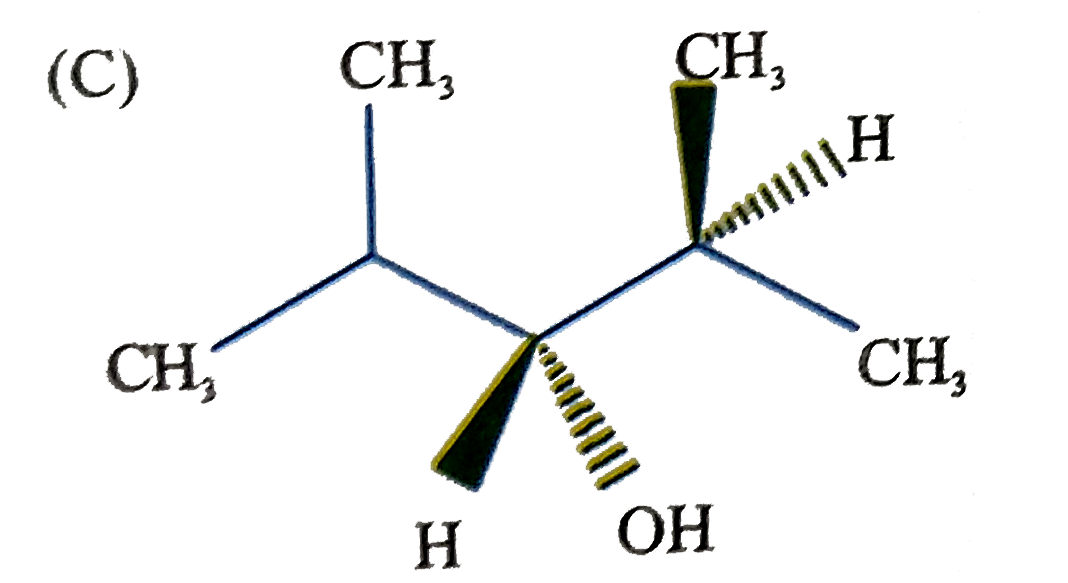
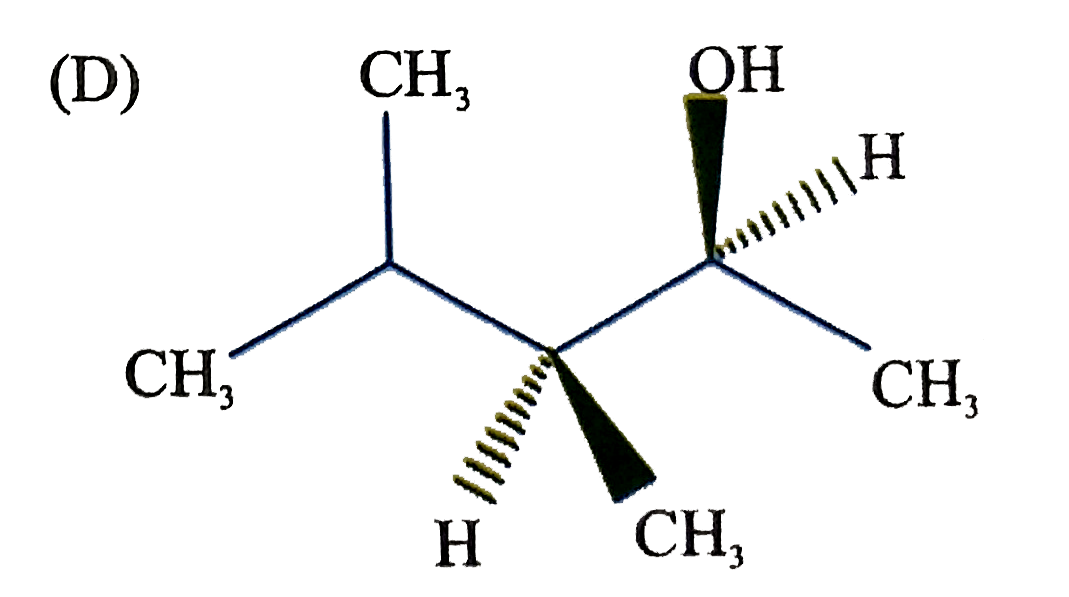
The correct Answer is:D
To determine which of the given structures represents a chiral compound, we need to identify the presence of a chiral center in each structure. A chiral center is typically a carbon atom that is bonded to four different substituents.
Step 1: Understand the Definition of Chirality
Chirality in chemistry refers to a property of a molecule that makes it non-superimposable on its mirror image. A chiral compound must have at least one chiral center, which is usually a carbon atom bonded to four different groups.
Hint: Remember that for a carbon to be a chiral center, it must have four distinct substituents.
Step 2: Analyze Each Structure
We will analyze each of the given structures one by one to identify the presence of a chiral center.
1. Structure 1:
- Check the carbon atoms for substituents.
- If a carbon has two identical groups (e.g., two methyl groups), it cannot be a chiral center.
- In this structure, we find that no carbon has four different substituents.
Hint: Look for identical groups on the carbon atoms.
2. Structure 2:
- Again, check each carbon atom.
- If any carbon has two identical substituents, it cannot be a chiral center.
- In this structure, we also find that no carbon has four different substituents.
Hint: Identify if any carbon has two identical groups.
3. Structure 3:
- Repeat the analysis for this structure.
- Check for identical substituents on the carbon atoms.
- This structure also lacks a carbon with four different substituents.
Hint: Ensure to check all carbon atoms for uniqueness in substituents.
4. Structure 4:
- Examine the substituents on the carbon atoms.
- Here, we find a carbon that has four different substituents: hydrogen (H), methyl (CH3), hydroxyl (OH), and another group.
- This carbon qualifies as a chiral center.
Hint: Look for a carbon with four distinct groups to identify chirality.
Step 3: Conclusion
After analyzing all the structures, we conclude that Structure 4 contains a chiral center because it has four different substituents attached to one of its carbon atoms. Therefore, Structure 4 represents a chiral compound.
Final Answer: Structure 4 is the chiral compound.
Chirality in chemistry refers to a property of a molecule that makes it non-superimposable on its mirror image. A chiral compound must have at least one chiral center, which is usually a carbon atom bonded to four different groups.
We will analyze each of the given structures one by one to identify the presence of a chiral center.
- Check the carbon atoms for substituents.
- If a carbon has two identical groups (e.g., two methyl groups), it cannot be a chiral center.
- In this structure, we find that no carbon has four different substituents.
- Again, check each carbon atom.
- If any carbon has two identical substituents, it cannot be a chiral center.
- In this structure, we also find that no carbon has four different substituents.
- Repeat the analysis for this structure.
- Check for identical substituents on the carbon atoms.
- This structure also lacks a carbon with four different substituents.
- Examine the substituents on the carbon atoms.
- Here, we find a carbon that has four different substituents: hydrogen (H), methyl (CH3), hydroxyl (OH), and another group.
- This carbon qualifies as a chiral center.
After analyzing all the structures, we conclude that Structure 4 contains a chiral center because it has four different substituents attached to one of its carbon atoms. Therefore, Structure 4 represents a chiral compound.
Topper's Solved these Questions
- GENERAL ORGANIC CHEMISTRYBook:NARAYNAChapter:GENERAL ORGANIC CHEMISTRYExercise:more than one answer type
Explore 15 Videos
- GENERAL ORGANIC CHEMISTRYBook:NARAYNAChapter:GENERAL ORGANIC CHEMISTRYExercise:Comprehension
Explore 7 Videos
- GENERAL ORGANIC CHEMISTRYBook:NARAYNAChapter:GENERAL ORGANIC CHEMISTRYExercise:Integer type questions
Explore 29 Videos
- GENERAL ORGANIC CHEMISTRY Book:NARAYNAChapter:GENERAL ORGANIC CHEMISTRY Exercise:LEVEL-II (H.W)
Explore 21 Videos
- HYDROCARBONS Book:NARAYNAChapter:HYDROCARBONS Exercise:EXERCISE - 4
Explore 18 Videos
Similar Questions
Knowledge Check
Which of the following structures represent the same compound?
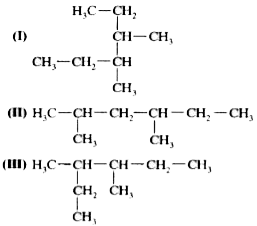 A(I) and (II)B(II) and (III)C(I) and (III)DAll are same
A(I) and (II)B(II) and (III)C(I) and (III)DAll are sameWhich of the following structures represent the same compound?
 A(I) and (II)B(II) and (III)C(I) and (III)DAll are same
A(I) and (II)B(II) and (III)C(I) and (III)DAll are sameWhich of the following structure represents Vanillin ?
A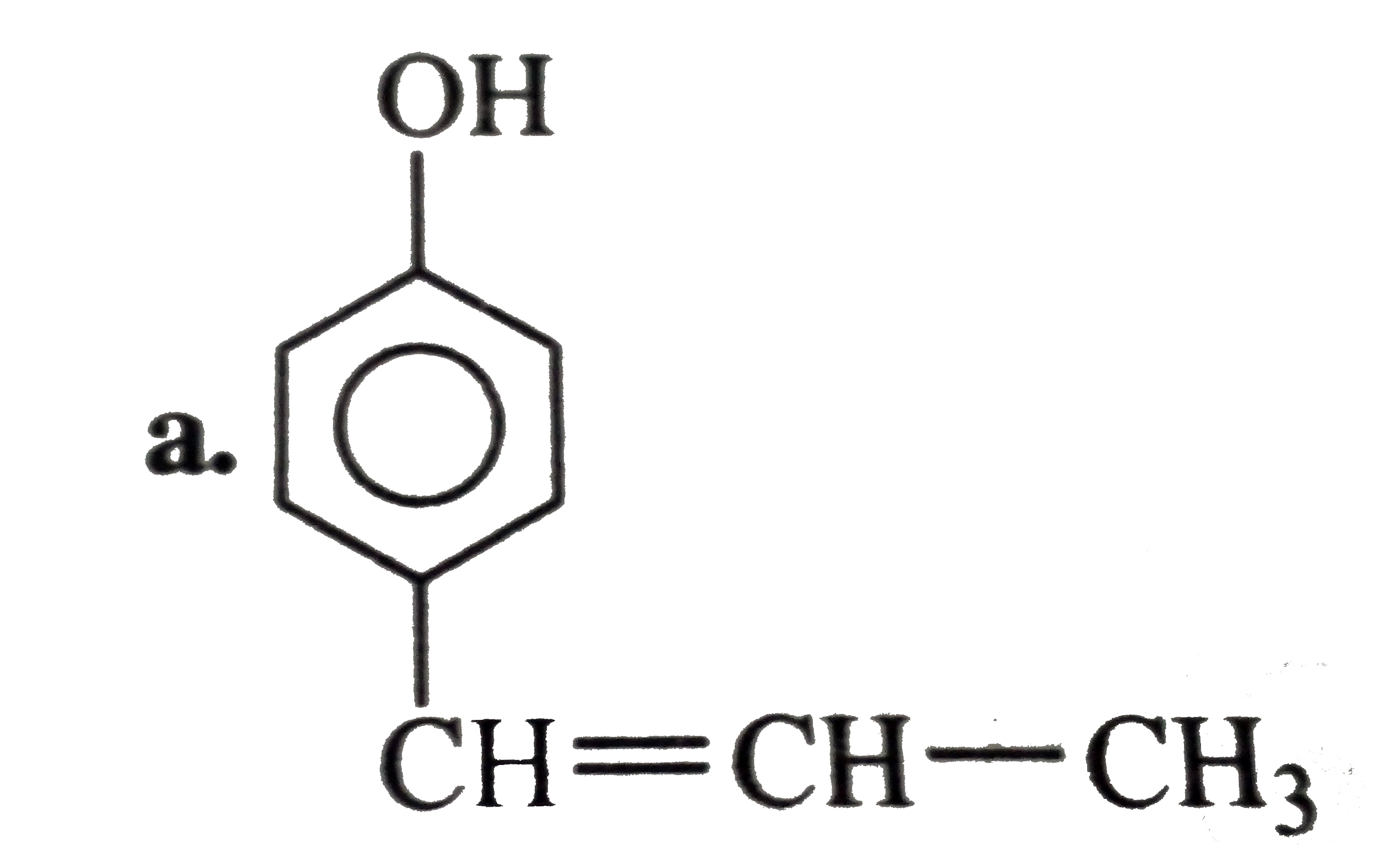 B
B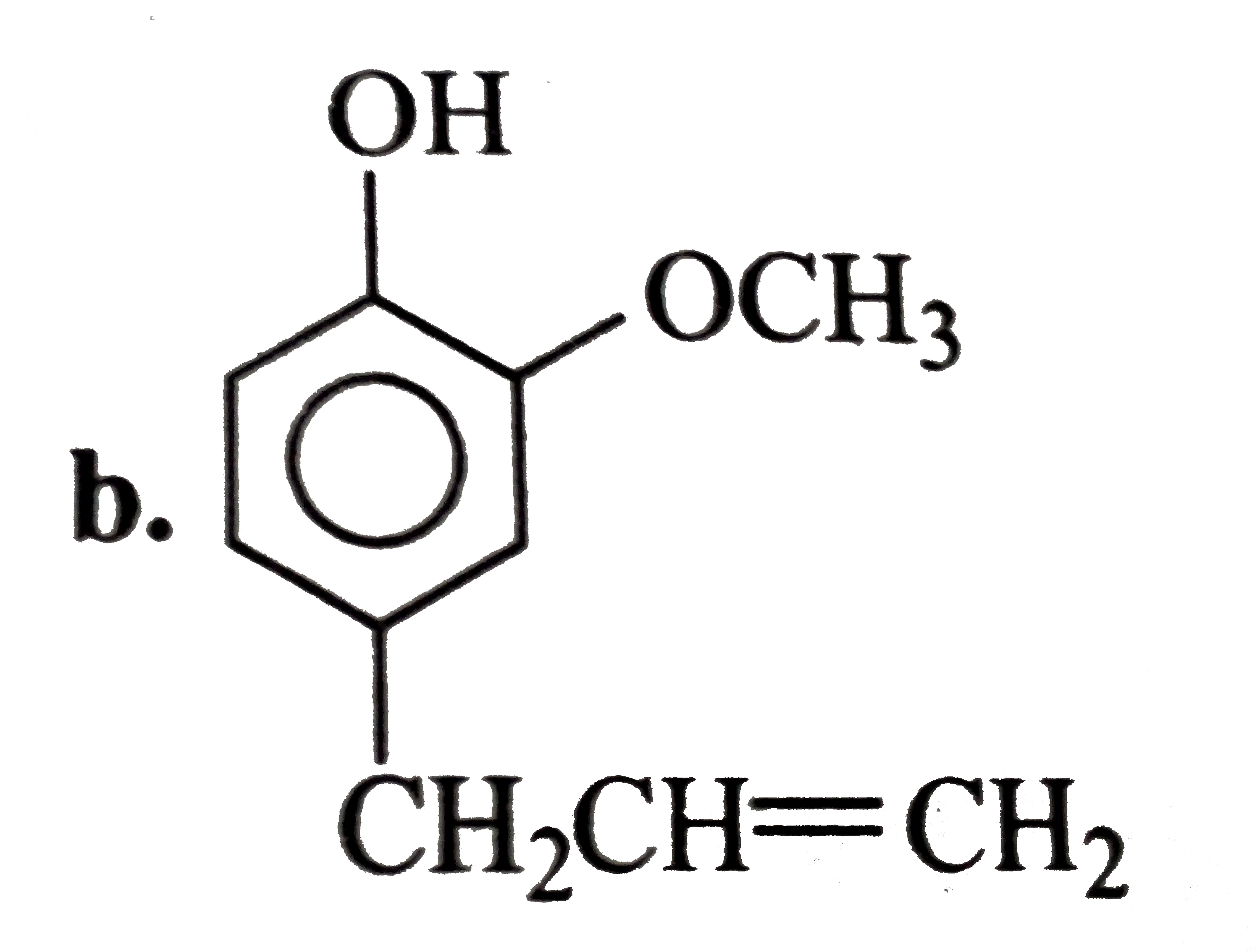 C
C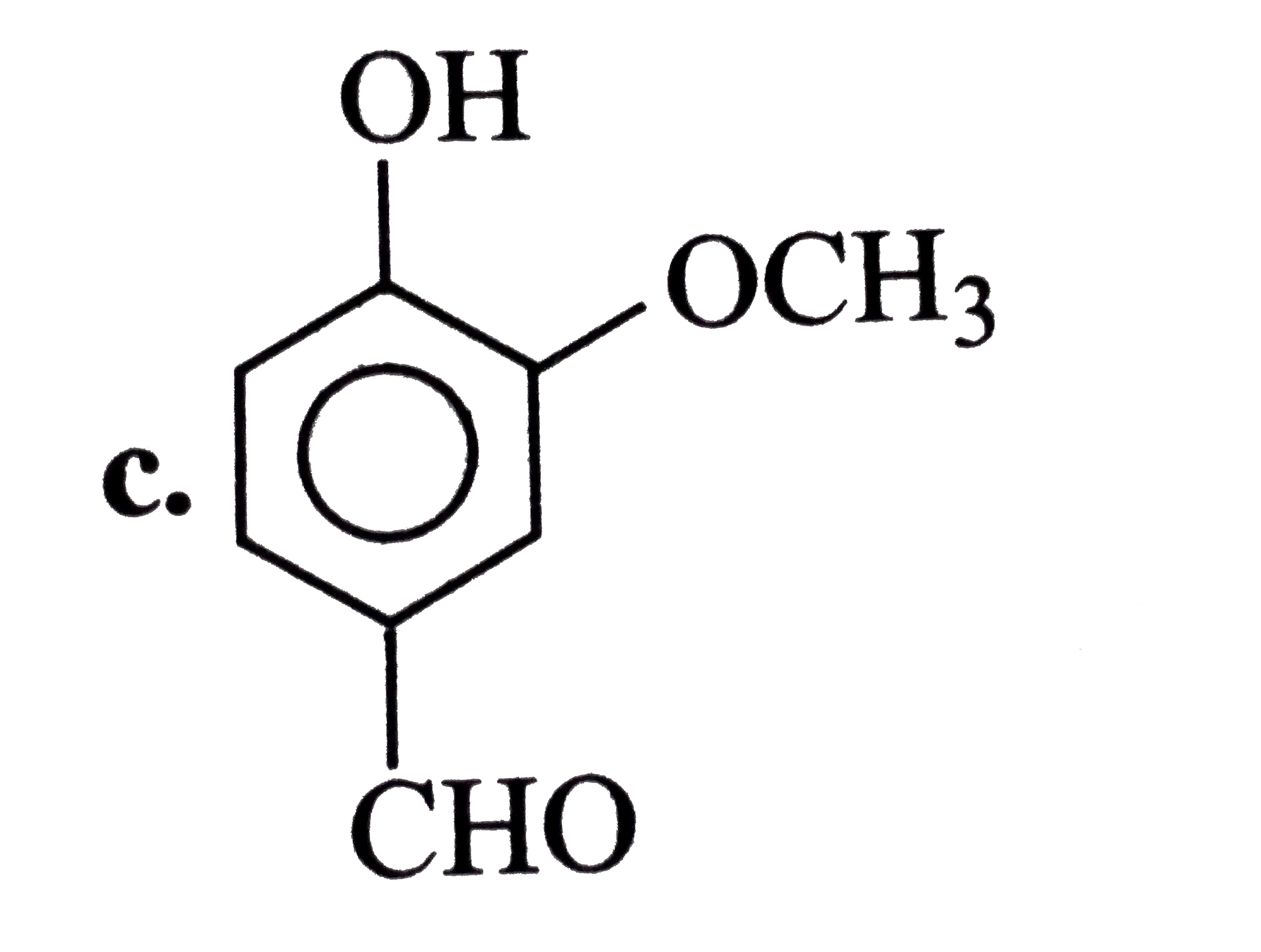 D
D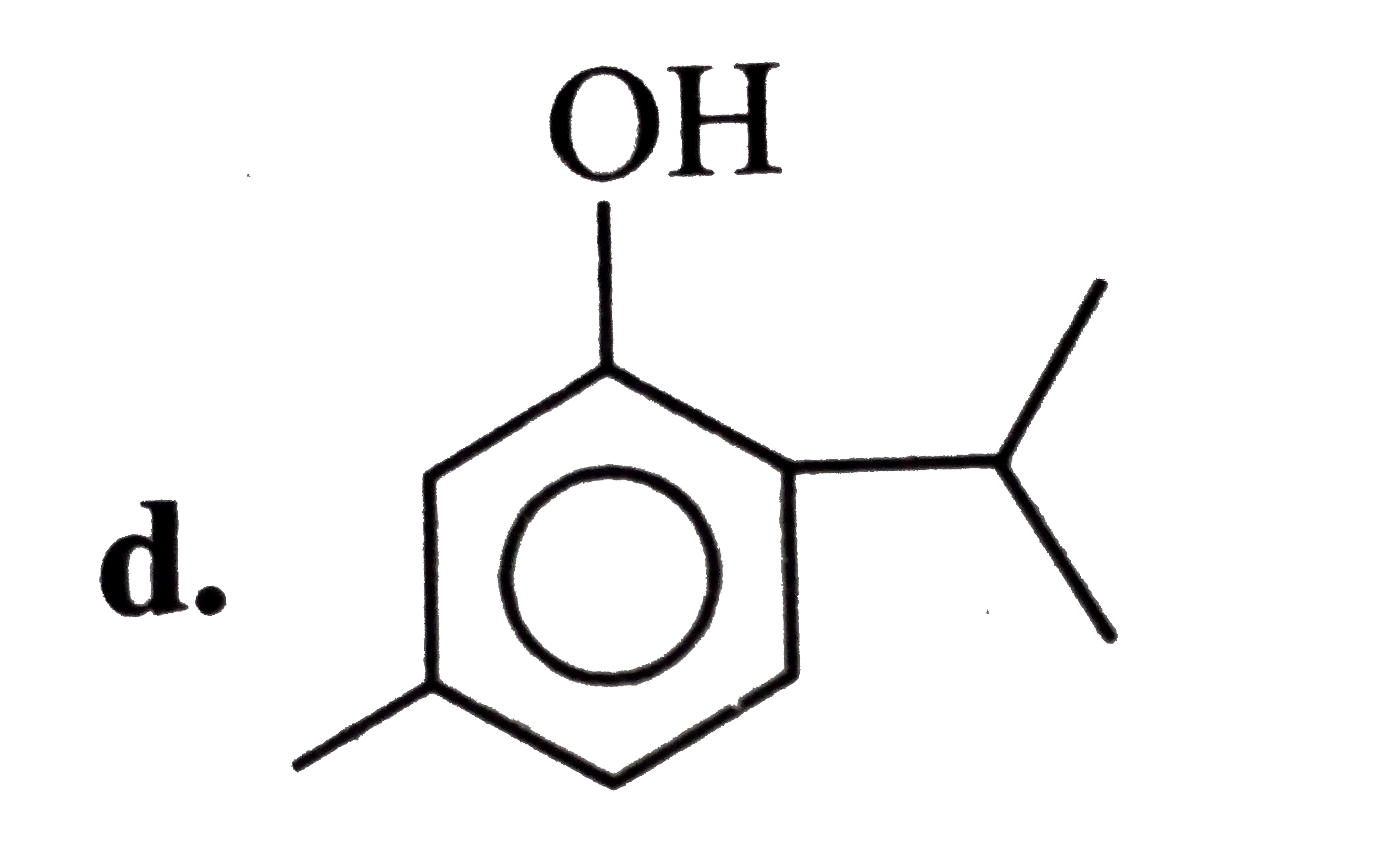
Which of the following structures represent nitrolic acid ?
View SolutionWhich of the following structures represents benzanilide ?
View SolutionWhich of the following structures represent nitrolic acid ?
View SolutionWhich one of the following structures represents the neoprene polymer?
View SolutionWhich of the following structures represents the peptide chain?
View Solution

